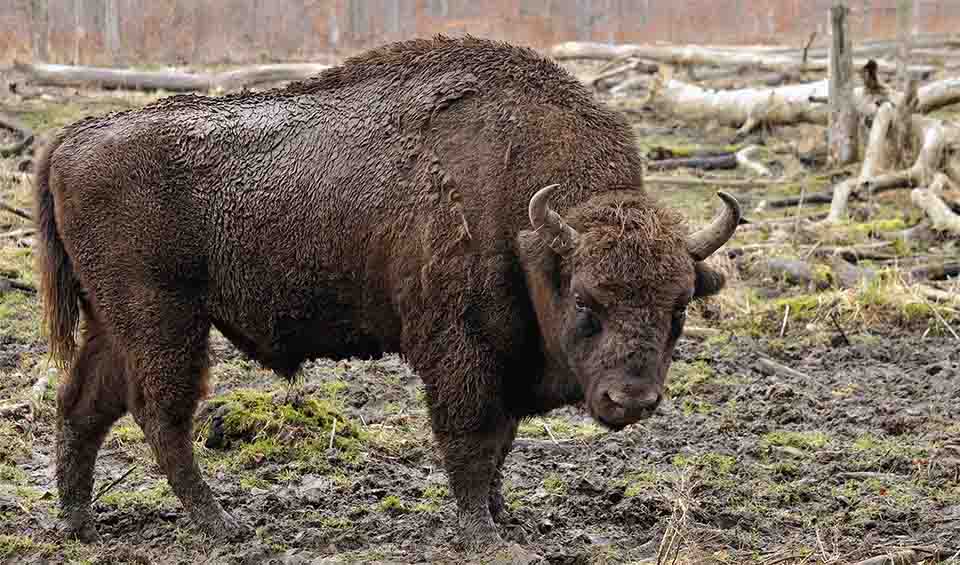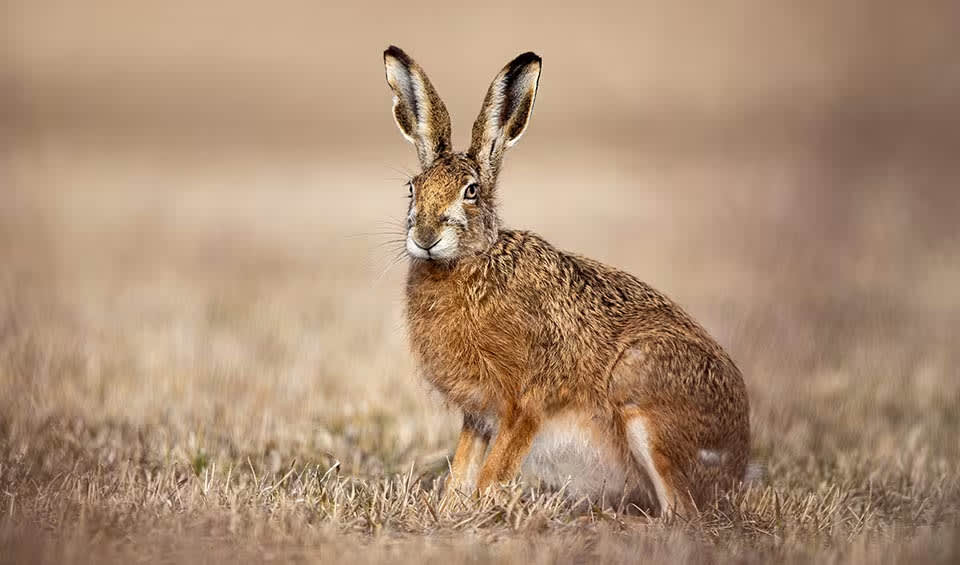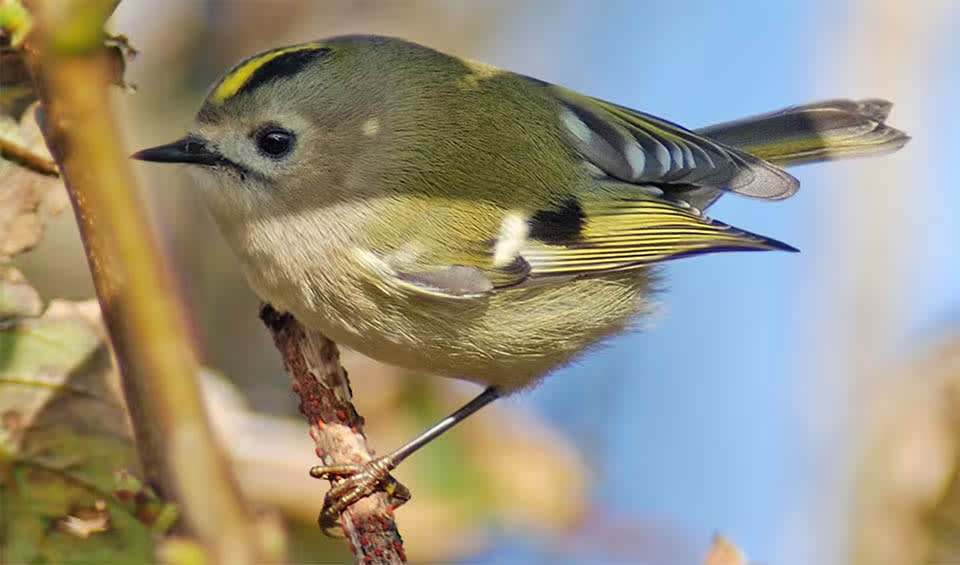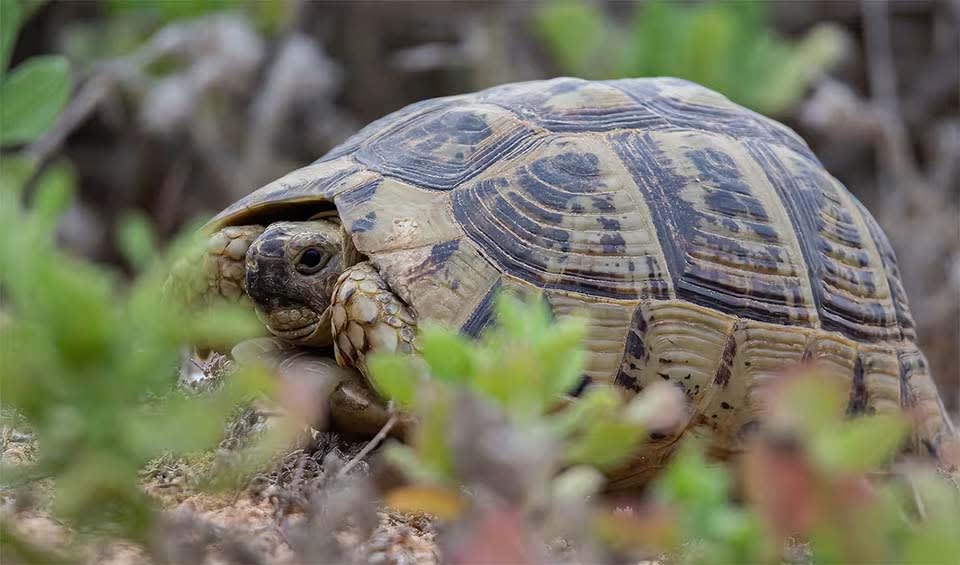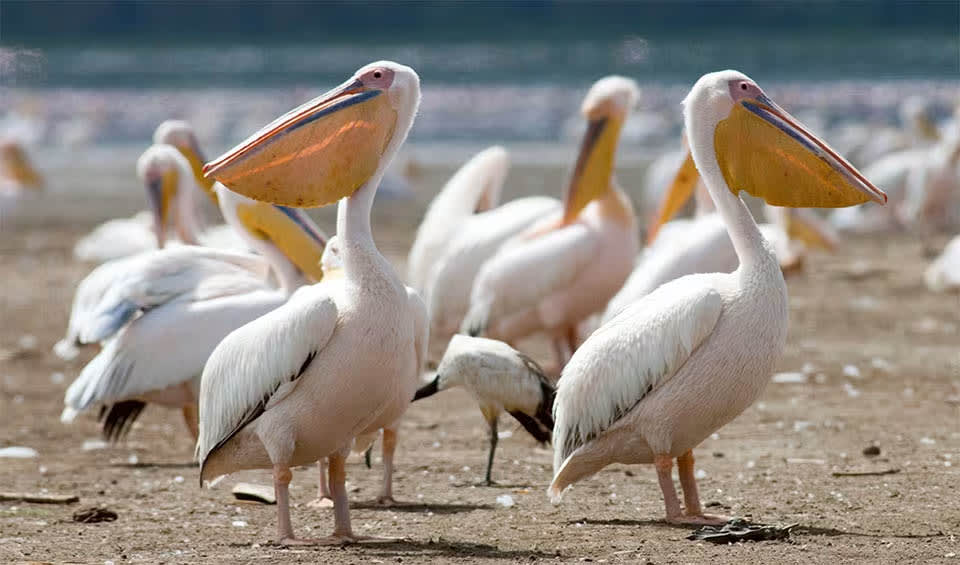Romania is located in Eastern Europe, bordered by Ukraine, Moldova, Hungary, Serbia, and Bulgaria, and it has a coastline along the Black Sea. The country covers an area of about 238,397 km² (92,046 mi²). It is divided into several regions, including Transylvania in the center, Moldavia in the northeast, Wallachia in the south, and Dobruja in the southeast. The landscape is diverse, featuring the Carpathian Mountains, the Transylvanian Plateau, and lowland plains along the Danube River. The highest point in Romania is Moldoveanu Peak in the Făgăraș Mountains, which rises to 2,544 meters (8,346 feet).
Romania’s varied landscapes support rich biodiversity. The Carpathian Mountains are covered with large forests that are home to animals like brown bears, wolves, and lynxes. The Danube Delta, a UNESCO World Heritage site, is one of the most biodiverse areas in Europe, with over 300 species of birds and many kinds of fish.
Four pillars elaborated:
Romania boasts a total of 1,550 protected areas, including 944 national sites and 606 Natura 2000 sites recognized under EU directives. Specifically, under the Birds Directive, there are 171 Special Protection Areas, and the Habitats Directive includes 435 Sites of Community Importance, with many sites covered by both directives. In the terrestrial realm, the majority of protected areas are exclusively designated as Natura 2000 sites, underscoring their significance in biodiversity and habitat conservation. Land Management
Land Management
Additionally, 20.2% of these areas have dual designations, aligning with both EU directives and national laws, while the remaining 2.9% are governed solely by national legislation. In Romanian marine waters, 98.8% of the protected areas are designated exclusively as Natura 2000 sites, reflecting a strong commitment to environmental protection in marine ecosystems.
In Romania, invasive species significantly impact agriculture, forests, and fisheries, while agricultural expansion and urbanization have degraded rivers and wetlands, reducing aquatic resources notably in the lower Danube River, the Danube Delta, and the Black Sea coast. These areas suffer from dredging, poaching, and the draining and alteration of water bodies, compounded by agricultural fertilization, pesticide use, and increased industrial activity boosting sulfur dioxide emissions. Threats to Biodiversity
Threats to Biodiversity
Soil erosion from water and wind, alongside salinization and compaction, further deteriorates the land. Urban sprawl, road building, and industrial expansion impact mat-grass swards and other grasslands, while herpetofauna face habitat destruction, road kills, and unchecked poaching, threatening crucial species like the brown turtle, especially prior to reproduction.
Romania has established several biodiversity goals, including enhancing legal and institutional frameworks, managing protected areas, conserving valuable species, and integrating biodiversity plans into broader policies. The country also maintains rigorous water quality monitoring compliant with European standards. A significant national project led by the Association of Romanian Botanical Gardens identified 276 Important Plant Areas, enhancing plant conservation efforts and establishing a database for ongoing protection. Additionally, Romania implements compensatory measures for ecological impacts from tourism, such as creating or expanding biotopes, although the “Polluter Pays Principle” applied does not generate sustainable funding for conservation. Capacity and Governance
Capacity and Governance
Romania’s National Strategy and Action Plan for Biodiversity Conservation and Sustainable Use is designed to safeguard the nation’s diverse ecosystems. Key objectives include crafting a legislative framework, creating a comprehensive network of protected areas, preserving economically significant species, and embedding biodiversity considerations into national and sectoral policies. A revised version of this biodiversity strategy is anticipated in 2024, concurrent with updates to the national energy and climate plans. This update is expected to incorporate the latest advancements in biodiversity preservation and climate change mitigation. Future Trends
Future Trends
Biodiversity
Romania is renowned for its rich biodiversity, supported by a variety of landscapes, including the Carpathian Mountains, the Danube River, and the Black Sea coastline. The Carpathians, which cover about a third of the country, are home to Europe’s largest populations of brown bears, wolves, and lynx, as well as a variety of other mammals, birds, and plants. This mountainous region is characterized by dense forests, alpine meadows, and deep valleys, offering habitats for numerous species. The Danube Delta, one of the most biodiverse areas in Europe, is a UNESCO World Heritage site that hosts over 300 species of birds, including pelicans, cormorants, and herons, as well as 45 freshwater fish species.Romania’s biodiversity is also evident in its extensive wetlands, grasslands, and agricultural landscapes. The country’s flora includes over 3,700 species of plants, with numerous endemic species found in specific regions. The mixed forests of oak, beech, and spruce in the central and northern parts of Romania are rich in biodiversity, supporting a wide range of wildlife. Romania’s Black Sea coast also provides critical habitats for marine life and coastal bird species.
In the table below are the number of known species in several main groups, how many of these species are Threatened with extinction, and how many of them are Endemic (unique to Romania only):
| Species (World rank) |
Threatened | % Threatened | Endemic | % Endemic | |
|---|---|---|---|---|---|
| Mammals | 103 (#108) | 9 | 8.7% | 2 | 1.9% |
| Birds | 320 (#113) | 18 | 5.6% | ||
| Reptiles | 27 (#148) | 2 | 7.4% | ||
| Amphibians | 20 (#102) | 12 | 60.0% | ||
| Fishes | 206 (#164) | 20 | 9.7% | 3 | 1.5% |
| Plants | 3,433 (#106) | 7 | 0.2% | 8 | 0.2% |
mammals
European bison
Habitat destruction & overhunting led to extinction in the wild, now gradually being reintroduced
Water buffalo
The “living tractors of the East”—vital in traditional agriculture, particularly in Asia
European hare
Unlike rabbits, they don’t live in burrows, instead, they make shallow nests in the grass called forms
birds
Bearded vulture
The only living creature that feeds on bone marrow from carcasses in high and inaccessible mountain areas
Western marsh harrier
The yellow-eyed devil
Goldcrest
A tiny bird, one of the smallest in fact!
reptiles
Common wall lizard
What makes them really interesting is their skin – it’s covered in lots of little bumpy scales, like tiny pearls
Greek tortoise
The mosaic-shelled marvel of the Mediterranean
Javelin sand boa
Known for its docile and non-aggressive nature
amphibians
Common frog
It is one of the most widespread and familiar amphibians in Europe
Smooth newt
They have the ability to regenerate lost limbs and other body parts, a superpower in the animal kingdom!
Common spadefoot
Can produce a peculiar garlic-like smell when threatened, which acts as another line of defense to deter predators
National Animals
Eurasian lynx
Once widespread throughout most of Europe, by now extinct in most of Western and Central Europe
Great white pelican
Underneath this colorful beak, there’s a hidden surprise – a built-in net for scooping up a delicious lunch!
